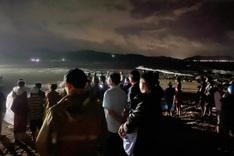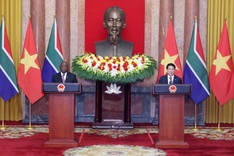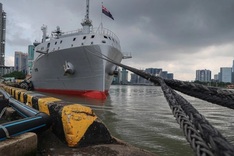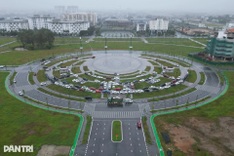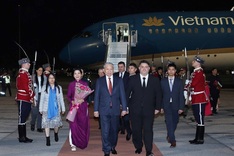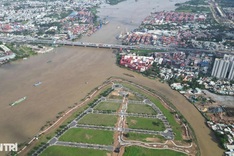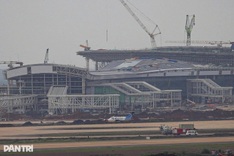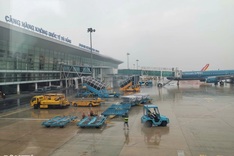 |
It reflects changes in Hanoi’s urban centre through architecture, administrative boundary, economic and socio-culture while maintaining the traditional identity of the Hanoians.
The exhibition is divided into five parts, showing Hanoi – a capital township of the province of the same name from the early 19th century to 1873, a city of Vietnam and the first western-style architectural planning in 1873-1897, a period of construction in 1897-1906, the development of the city to meet colonial demand in 1906-1940 and Hanoi from 1940-1945.
The exhibits are original documents with high value for those who study and love Hanoi, said Prof. Phan Huy Le, Chairman of the Vietnam Historic Science Association.
The event is a cultural exchange between Vietnam and France, a product of cooperation between the Thang Long-Hanoi Heritage Conservation Centre and the Research Institute for Far East history, he said.


